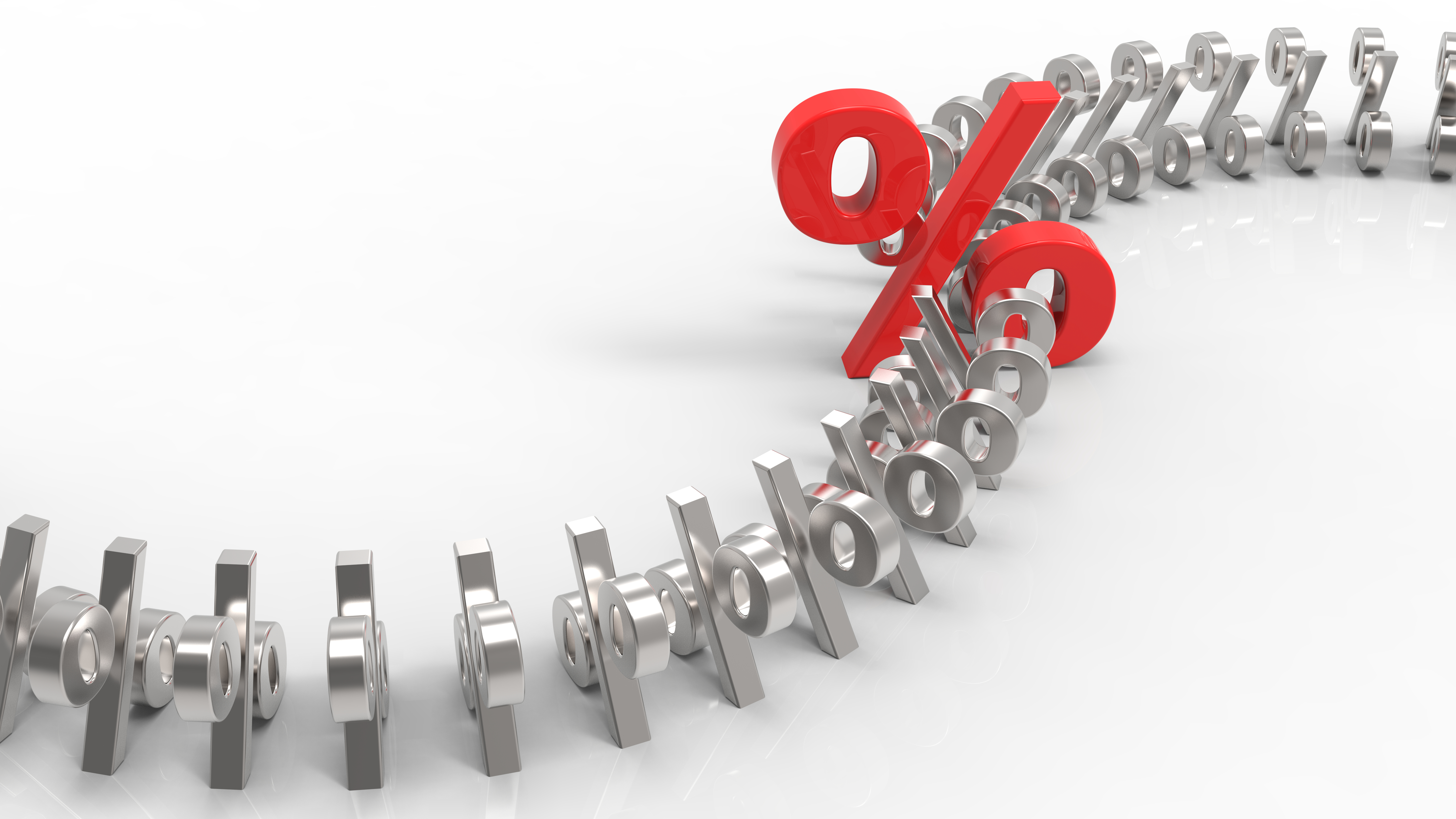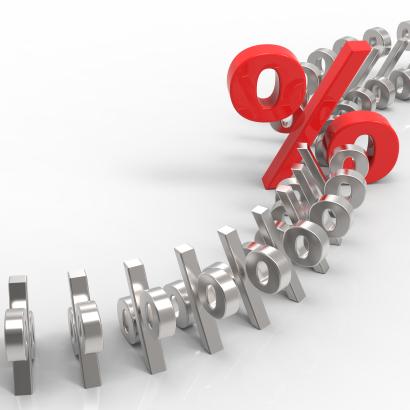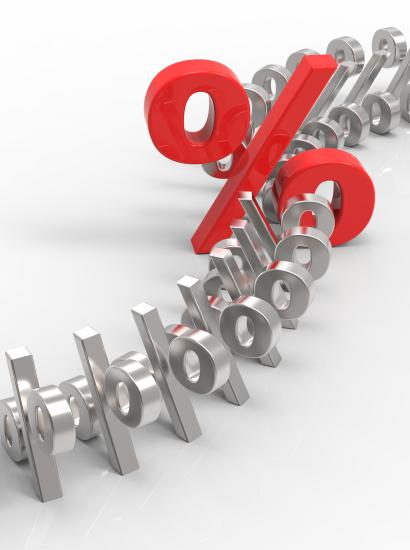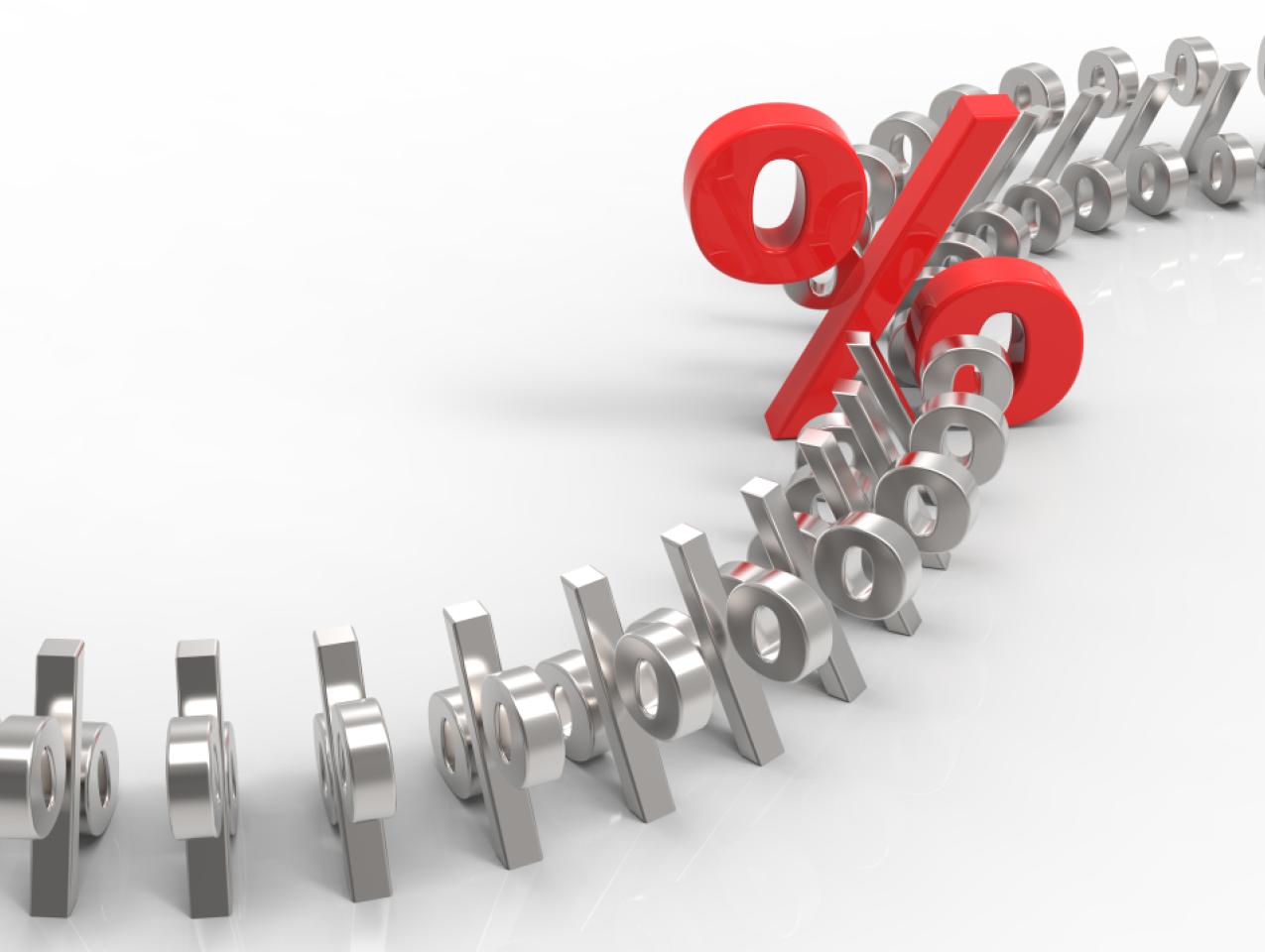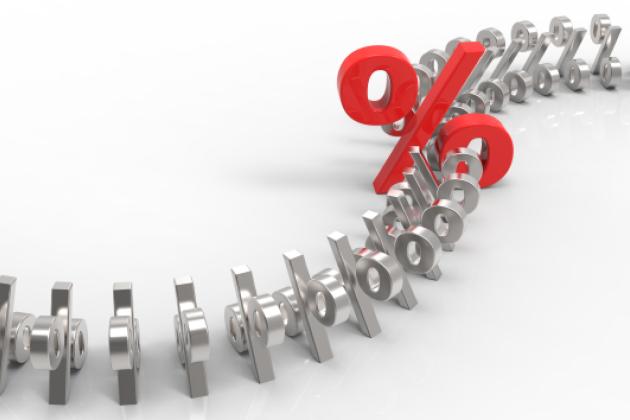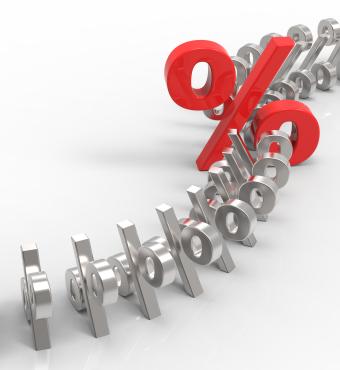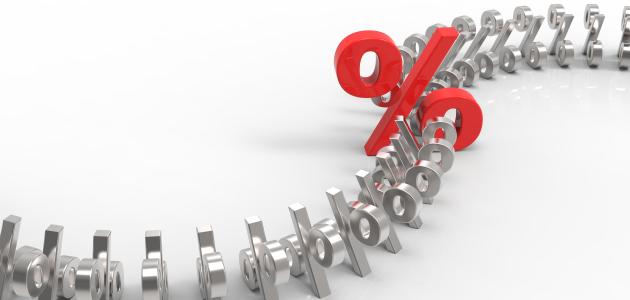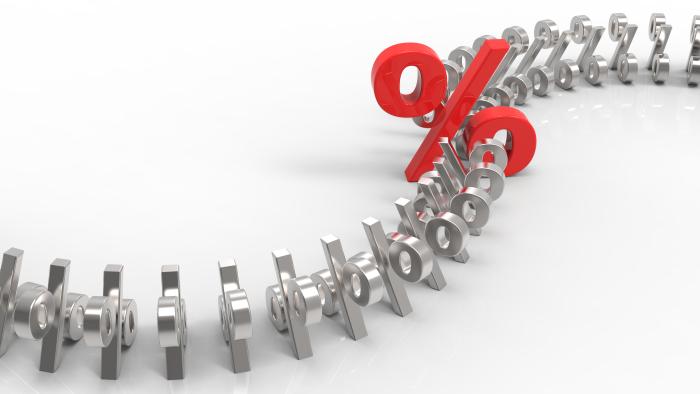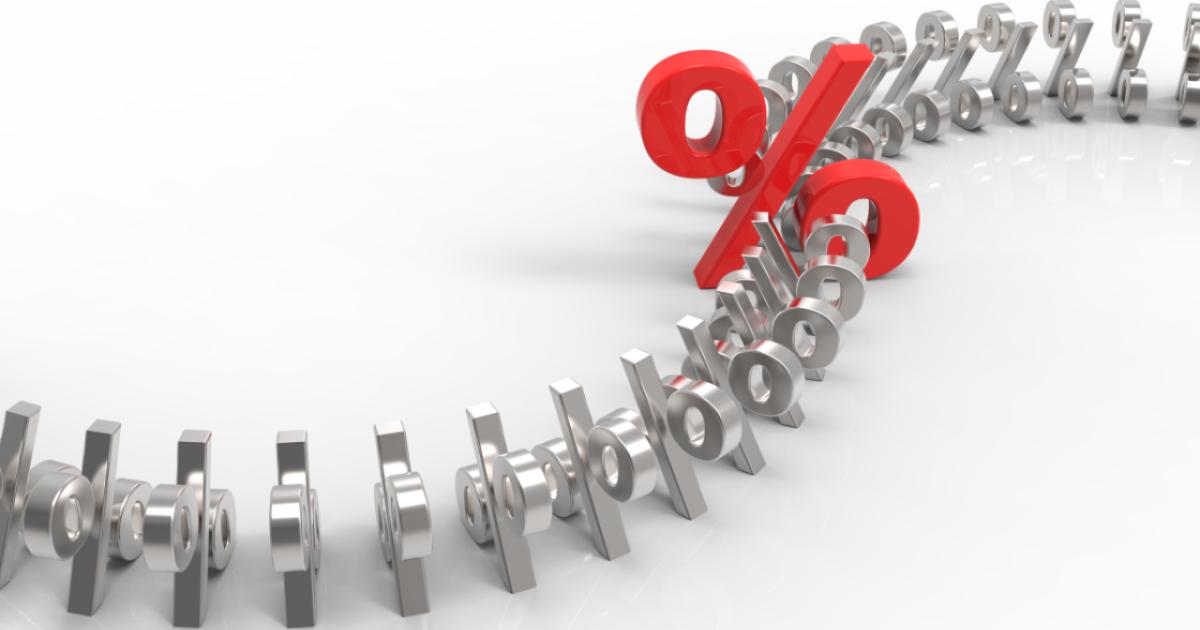- Economics
- US Labor Market
- Monetary Policy
- Law & Policy
- Regulation & Property Rights
- History
- Economic
Federal Reserve officials will decide Thursday whether to raise interest rates ever so slightly or stand pat, with pundits opining loudly in both directions.
But does Fed policy deserve such acrimonious scrutiny? The outcomes we desire from monetary policy are about as good as one could hope. Inflation is low and steady. Interest rates are lower than Americans have seen in generations. Unemployment, at 5.1%, has recovered to near normal. And banks and businesses sitting on huge piles of cash don’t go bust, a boon to financial stability.
Yes, economic growth is too slow, too many Americans have dropped out of the workforce, earnings are stagnant, and the country faces other serious challenges. But monetary policy can’t solve long-term structural problems.
So why the fuss? Well, many say, inflation will break out if the Fed does not raise rates and cut reserves. Or, say others, recession and deflation will break out if it does.
But the last seven years of calm have destroyed the long-standing theories behind these predictions. So why listen now?
Ever since the Fed implemented its near-zero interest rate policy in 2008, traditional Keynesians have been predicting a deflationary spiral. It hasn’t happened.
The Fed went on to buy bonds and mortgage-backed securities through its “quantitative easing” programs, in return expanding bank reserves from less than $50 billion to nearly $3 trillion. Traditional monetarists predicted hyperinflation. It hasn’t happened either.
The experiment was huge, and the lessons are clear. The economy is stable, not subject to Keynesian “spirals” requiring constant Fed intervention. And when reserves pay the same rate as bonds, banks do not care which one they hold. So even massive bond purchases do not cause inflation. Quantitative easing is like trading a $20 bill for $10 and $5 bills. How would that make anyone spend more money?
As then Fed Chairman Ben Bernanke said in January 2014: “The problem with QE is that it works in practice, but it doesn’t work in theory.” That’s a big problem. If we have no theory why something works, then maybe it doesn’t really work.
Beyond inflation, quantitative easing is routinely blamed for housing and stock-price bubbles, exchange-rate trauma, and first the rise and then the fall of stocks in China.
But there is even less theory why QE or low interest rates should spark massive risk-taking. Borrowing at 3% and lending at 6% is the same as borrowing at 0% and lending at 3%. And why should banks holding reserves rather than Treasurys influence you to buy a house or stocks?
Fortunately, we do not need new theories to understand stable inflation and little or no QE effect. The standard academic monetary theory of the past 20 years makes just these predictions. The models are usually called “new-Keynesian,” but that is a poor description since their operation is almost diametrically opposed to anything Keynesian. The theory’s crucial assumption: People are smart, and do not make forecasts of the future mechanically from the past. That is what makes the economy stable.
So, with no inflation in sight or in bond-market forecasts, and with both experience and academic theory stating little danger, why are so many at the Fed anxious to raise rates and trim the balance sheet?
As I read Fed statements, the mantras “normal” and “normalize” appear frequently. But “normal” policy is thought by many to have exacerbated boom-and-bust cycles, and a financial system based on massively leveraging a tiny amount of reserves fell apart. Let the Fed pursue good policy, incorporating the lessons of the past seven years, not “normal” policy as if we’ve learned nothing.
I suspect that the Fed, having sold its near-zero rate policy and large balance sheet as exceptional monetary stimulus, finds it hard to concede that these are innocuous. Also, putting off the slight rate rise it has promised for so long might be embarrassing.
Furthermore, I sense that the Fed is spooked by recent efforts in Congress to revisit the central bank’s fundamental authority. Perhaps the Fed wants to run up a flag saying “back to normal,” with the implication “so leave us alone.” But better relations with Congress are best pursued separately.
So, what should the Fed do? It should keep a large balance sheet. Liquidity is a great thing, and why forget the lesson that it does not cause inflation?
For interest rates, the Fed has set itself a nearly impossible task. Fed officials need to know what the correct, or “natural,” real rate of interest is. Is there a “savings glut” or another recession on its way, driving the correct real interest rate down? Or are tight markets for skilled workers and large corporate profits a sign of high “natural” rates? Setting the right price of tomatoes is hard enough, let alone divining the right real interest rate for an entire economy. And if the Fed can’t do it, pundits are less likely to get it right.
So I’ll offer a safe forecast: Whether the Fed raises rates a quarter or even a half a percent will make little difference to anyone but bond traders. The Fed will go no further unless there is a surge of inflation or growth. And, no matter what the Fed does, pundits will berate it in both directions.
Mr. Cochrane is a senior fellow at Stanford University’s Hoover Institution.







